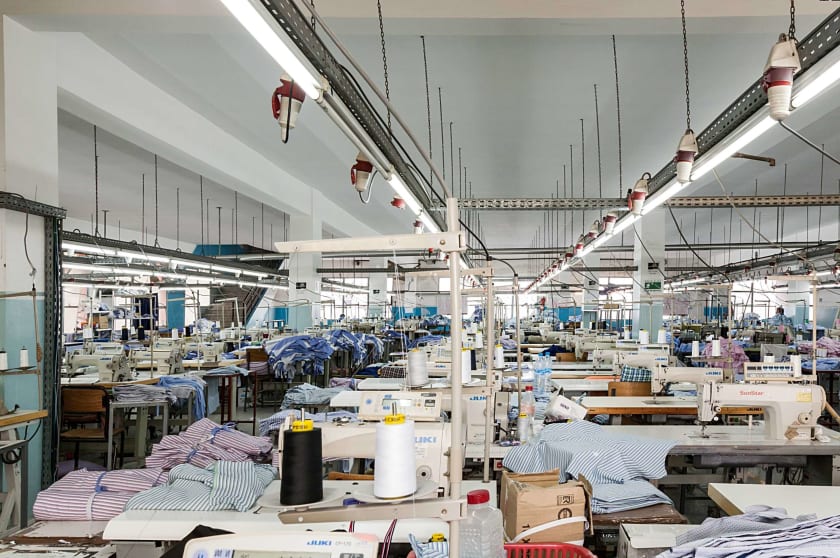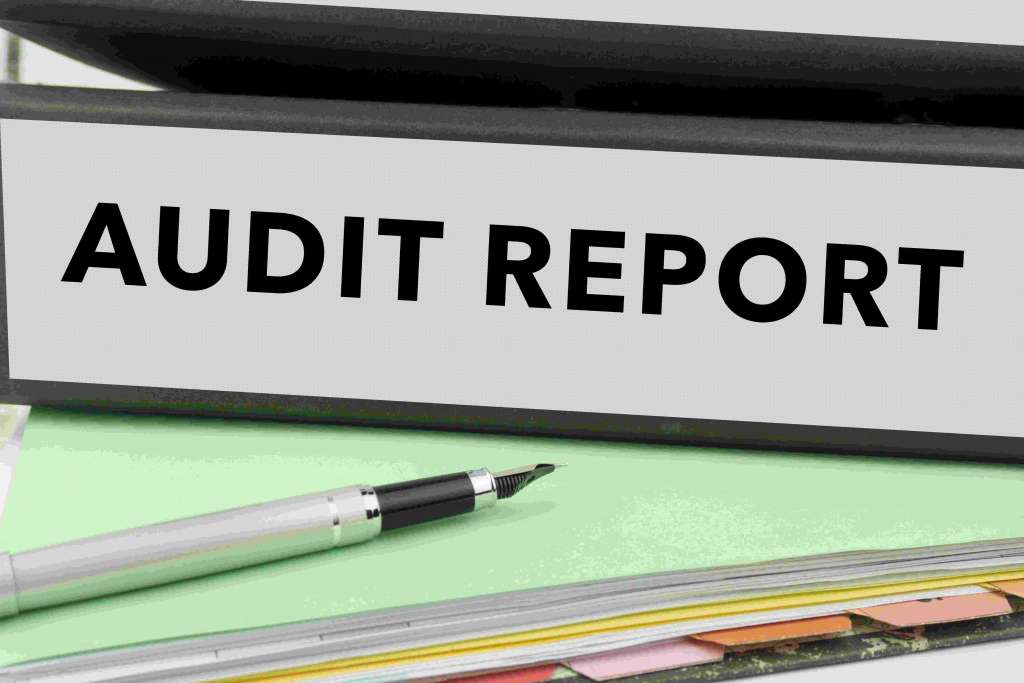Top 5 Tips on Vetting Garment Manufacturers



Every fashion brand needs a reliable garment manufacturer who can deliver their orders on time. It's also vital that they maintain product quality. However, garment manufacturers are aplenty, and choosing one is a challenging job. Even if you find a good garment manufacturer, it is essential to thoroughly inspect their services beforehand. This will ensure that pricing, product quality, and location align with your requirements.
To find the perfect garment manufacturer, companies need to follow these 5 tips:
1. Conduct research
When you're approached by a garment manufacturer, you should research the company's reliability and reputation before making the final call. You need to know if the firm will be a good match for you. First, look at their website to understand their client base and records. Then check the products featured on the website and see if they are similar to the ones you wish to get manufactured.
Google the company and check if they are members of any B2B website or association. Most manufacturers associate themselves with a group for legitimacy. Finally, cross-check the address given on the website with the address they provided. If a garment manufacturer meets these parameters, they are genuine, and you can consider working with them.
2. Check their audit reports and certifications
Several big brands and retailers ask garment manufacturers for an onsite audit. This is done to check whether the manufacturer is capable enough to meet their requirements. So before you choose a garment manufacturer, you should conduct an audit. The audit will verify information such as product information and the firm's reports. You can then cross-check the information with your requirements and standards.
You can also ask the manufacturers for past audit reports and check their details without wasting time on a new audit. However, a serious manufacturer will provide this information beforehand without waiting to be asked. Do note that for confidentiality reasons, some manufacturers cannot provide past audits and must conduct a new audit.
If the garment manufacturer does not have a past audit report, that does not mean that they are not genuine. Manufacturers conduct audits only for large buyers, and they might not have had any big buyers in the past. In such cases, it's best to conduct your own audit.
Things to look for in audit reports

After the garment manufacturer provides the audit report, check all of these details:
- Cross-check the information given on the audit report with the information provided by the manufacturer. This information includes phone number, address, website, and other professional details. This step is necessary to check whether the audit is original or borrowed from another factory.
- Sometimes, you may come across an audit report where the name of the manufacturer and factory is different. This is not necessarily a red flag, as some manufacturers work with various factories. To ensure it's not a false report, you can ask for a signed copy on a letterhead from the manufacturer.
- If you find any discrepancies in the audits, don't hesitate to ask. There may be a valid reason for the discrepancy. For example, the garment manufacturer might have recently shifted their facility and not yet updated the information on their website and letterheads.
What to look for in their certifications
When you get the certificates from a manufacturer, check whether they are internationally recognized or not. Some of the significant certifications that a good manufacturer has are GOTS WRAP OEKO-TEX BCI. Moreover, you should verify each certificate online to ensure that it has a valid certification ID and date.
3. Look at their references and online reviews
One of the best ways to verify the credibility of any garment manufacturer is through its references. Unfortunately, however, most manufacturers will not provide you with references because they fear negative reviews. However, you must insist on this requirement as you can gain valuable information through references.
Remember that their past orders may have had minor flaws due to unforeseen causes. Hence, the information received from the clients may be biased. This is why it is a good idea to get references from the seller directly. Furthermore, you can also ask your peers about the manufacturer for their reviews.
In addition to looking for references, you can look up online reviews on their garment manufacturer. Many platforms collect online reviews from various clients, and you can use them to get an idea of what you can expect from the manufacturer.
4. Discuss payment methods
It is vital to establish payment methods and schedules in advance. For example, sign a Letter of Credit with the garment manufacturer and inform them that they will get paid after the order is delivered.

Some garment manufacturers might be hesitant to sign the Letter of Credit for the following reasons:
- The buyer will not release the payment until they fulfill all the terms of the Letter of Credit.
- A Letter of Credit has a fixed delivery and expiry date, which pressures the manufacturer to deliver on time.
However, you can solve this issue in these ways:
- Offer half the payment midway through the project, providing certain criteria are met.
- If the manufacturer is uncomfortable with the deadlines, ensure they get some extra time beyond the agreed deadline for flexibility.
If a garment manufacturer does not accept a Letter of Credit, you should look for another. Never agree to pay upfront, or give a high deposit, like fifty percent of the cost. These can lead to scams; it is safer to make a Letter of Credit or hire a reputed escrow service.
5. Conduct an inspection
To ensure that the garment manufacturer is legitimate, brands hire third-party inspection agencies to verify their details. An inspector will check the garment manufacturer in the following manner:
- The business's license should match the legal requirements of the place where they operate.
- An inspector will check if they have the social compliance and other necessary certificates.
- The inspector will present you with a report with all the findings and photos. This report will clarify if the garment manufacturer meets your requirements or not.
- At the end of the report, the inspector will give recommendations, and it's on the brand that they want to go ahead with the garment manufacturer or not.
Conclusion
When selecting a garment manufacturer, you must be prepared to vet them properly. Inspect their premises, certifications, references, audits, and other details thoroughly. If they do not meet most of the criteria explained above, you should keep searching. After all, your business deserves the best!
However, the process of vetting a garment manufacturer can be costly and time-consuming. Don't worry, we have your back! Use Fashinza's platform to place manufacturing orders for your collections and have them delivered, with options to track, communicate, and make payments along the way. Fashinza makes the apparel manufacturing process hassle-free, fast, and transparent for brands.




















